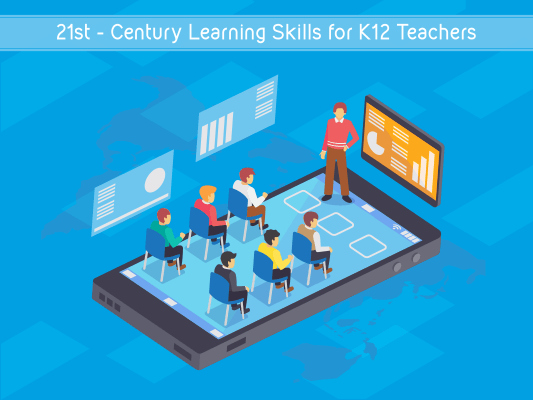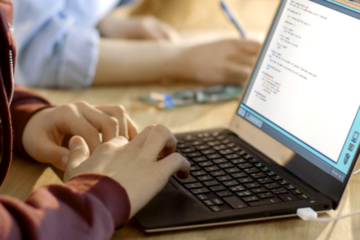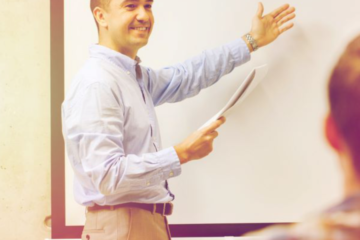Needless to say, how important teachers are, and how important is their role in shaping our career and life! Good and wholesome learning begins with a sensible, well-cultured, and well-qualified teacher, influencing the entire flow, quality, and the volume of learning. However, only being well-versed with the subject matter and being able to teach students does not suffice. Technology is one vital factor spreading its wings across the educational horizon, and therefore it has become binding for teachers to keep up with technology, and be adept at it. But wait! Learning technology alone does not serve the purpose. What completes the learning circle is the clever integration of technology in the various learning techniques and thus delivering an output benefitting the students.
Yes, the 21st-century offers a lot of challenges, as well as opportunities for all the educators who wish to come out of hibernation, and explore new avenues within the education domain. Easier said than done, accepting technology into the routine is not as easy as it seems to be. Teachers are expected to undergo a complete transformation to melt themselves into the new tech-savvy teaching and learning culture. For the ones, who are completely new to the transition may find it even more challenging. But, that is the only way out! And, guess what, it is benefitting in many ways. So what are 21st century skills need to be developed by K12 teachers? Here’s more to it.



